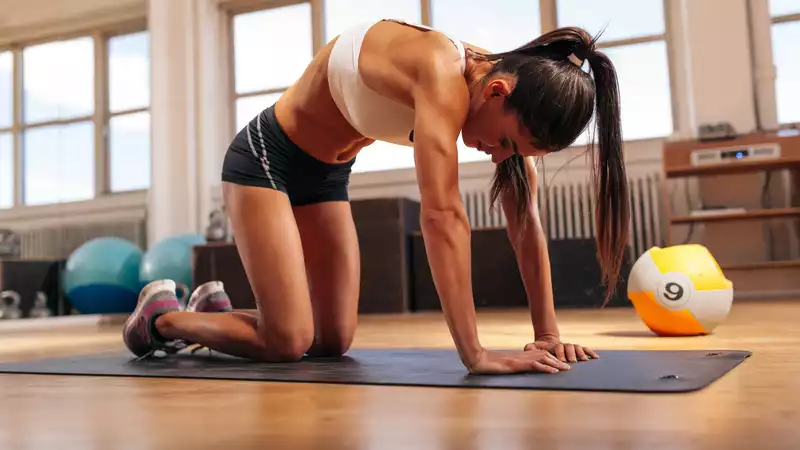If you suffer from sore or stiff muscles, these low-impact Pilates exercises can be done at any level and will help relieve tension and increase back mobility. Grab one of these yoga mats for a great workout and continue reading.
According to Kendall, our bodies should move in all planes of motion: back and forth (sagittal), side to side (coronal), and rotation (lateral). With our increasingly sedentary lifestyles, many of us tend to move in the sagittal plane, neglecting the other ways of movement. Therefore, the best Pilates exercises work on all planes.
Moving in one plane for a long time means recruiting and overworking various muscle groups while neglecting others, which can lead to muscle imbalances and injury. If your spine is already inflexible or stiff, or if you want to prevent spine problems, add the following seven stretches to strengthen and stretch your back muscles and promote flexibility.
Kendall says, "Using Pilates breathing will help you get the most out of these exercises. This includes the abdominal muscles, psoas major (located in the lower lumbar spine and extending through the pelvis to the thighs), multifidus muscles (muscles attached to the spine), transversus abdominis (the deepest core muscle that encircles the lower back), and pelvic floor muscles.
Targeting these areas "provides 360-degree support and stabilization of the spine," Kendall adds.
"Pilates breathing is lateral breathing, inhaling deeply through the nose into the sides and back of the rib cage and exhaling through the mouth.
During each breath, focus on pulling the front wall of the abdomen back toward the spine, pulling the pelvic floor muscles up and back toward the spine, and drawing the hips inward.
This movement lengthens the spine and increases the range of motion of the spinal column.
Lateral bending stretches the spine and increases range of motion. Weight should be evenly distributed on both legs and the pelvis should not be moved.
Extend and mobilize the spine through rotation. Begin the movement with the abdominals and obliques, keeping the shoulder blades on the mat and both shoulders relaxed.
Lengthen and mobilize the spine in extension. Keep the pelvis stationary by engaging the abdominal muscles, and the glutes and back muscles.
Lengthen and mobilize the spine in articulation. Keep hips level and legs parallel.
Lengthen and mobilize the spine in forward bending. When lifting into flexion, keep the head in line with the spine and support the weight of the head with both hands.
Extend and relax the hips.
Kendall recommends doing these exercises several times a day to give your spine some love. [31] [32] Studies have shown that Pilates has the potential to build muscle strength and aid in injury rehabilitation, and is suitable for both beginners and advanced practitioners. Here are six stretches for beginners to increase flexibility in the hamstrings, calves, and ankles.










Comments